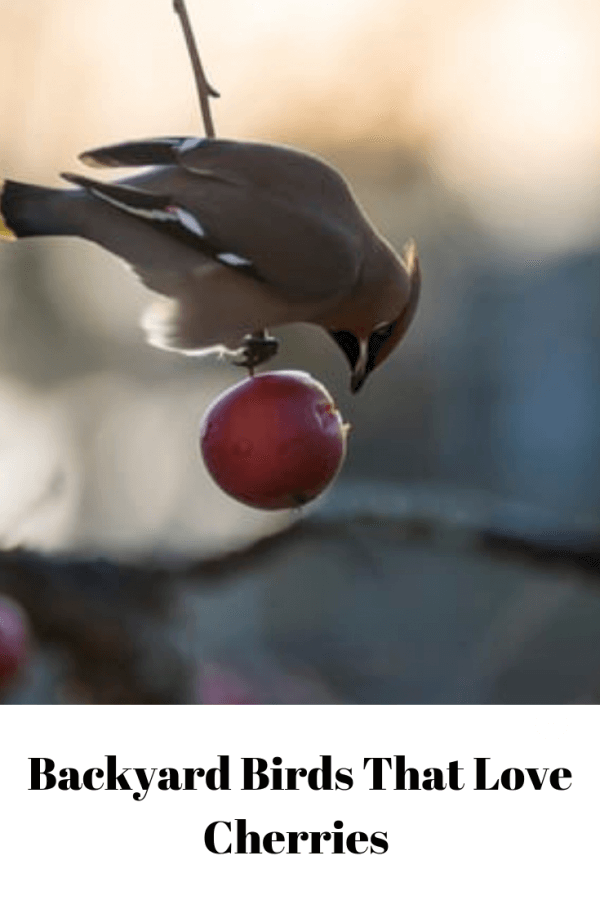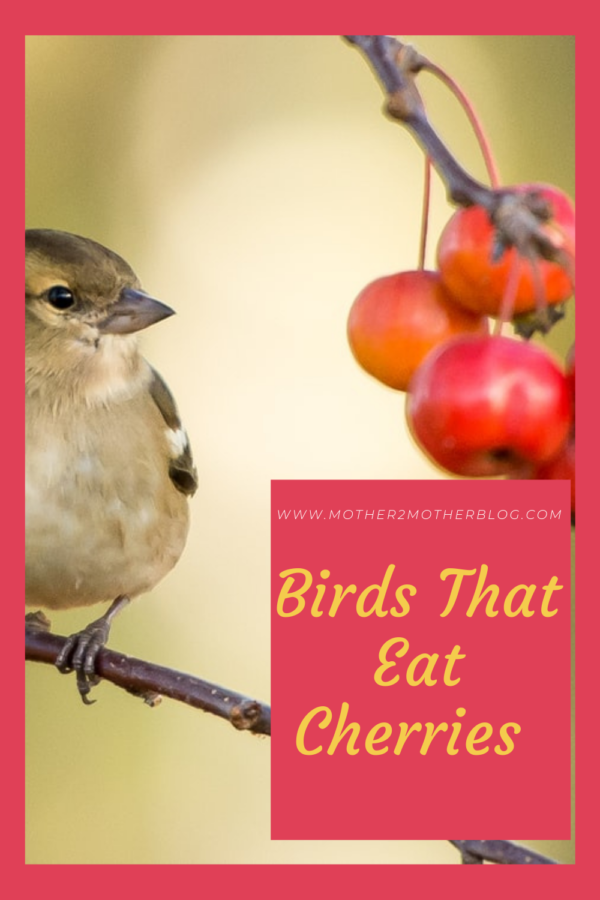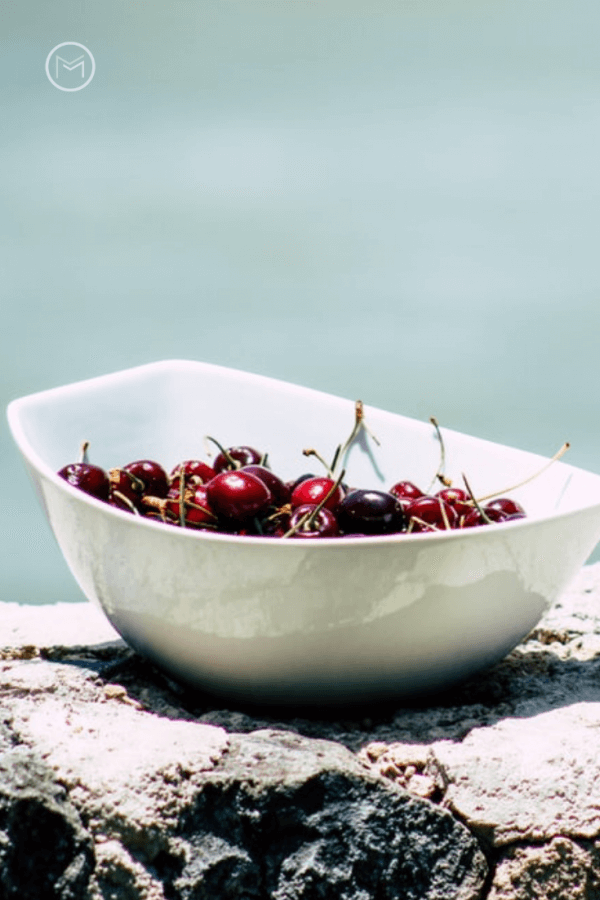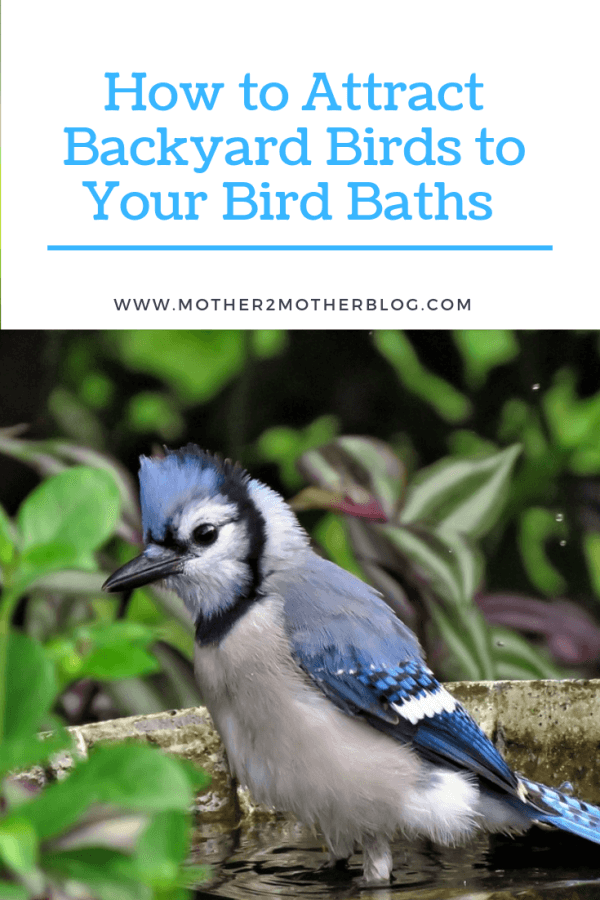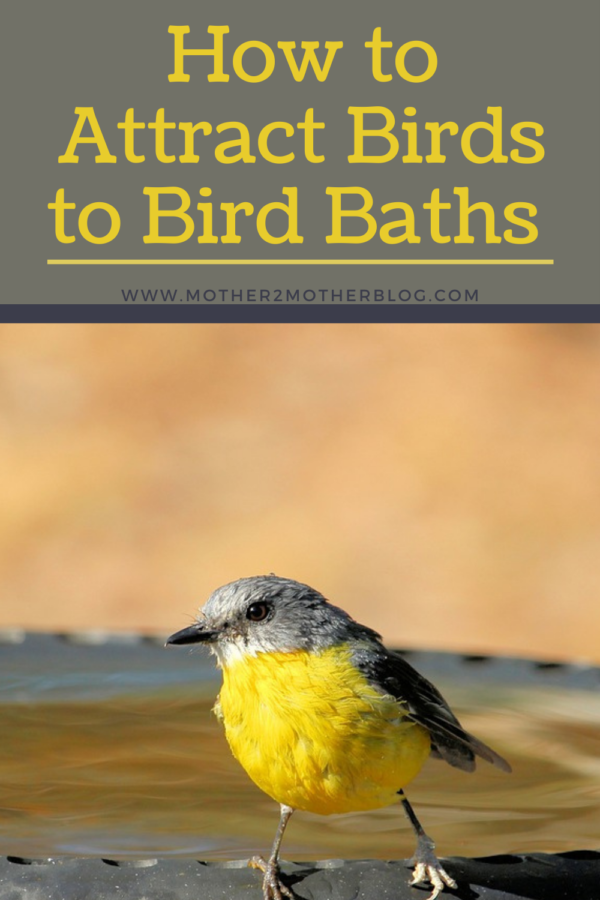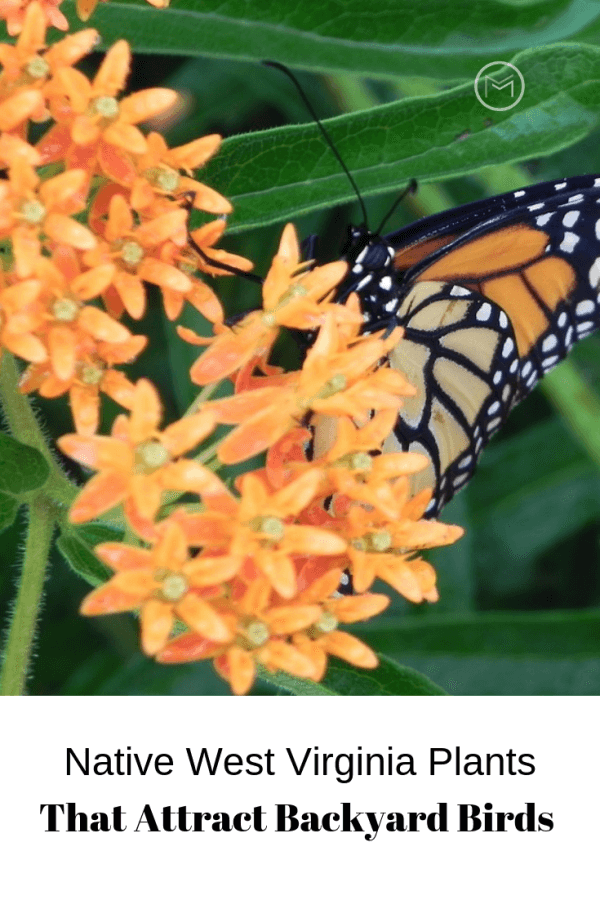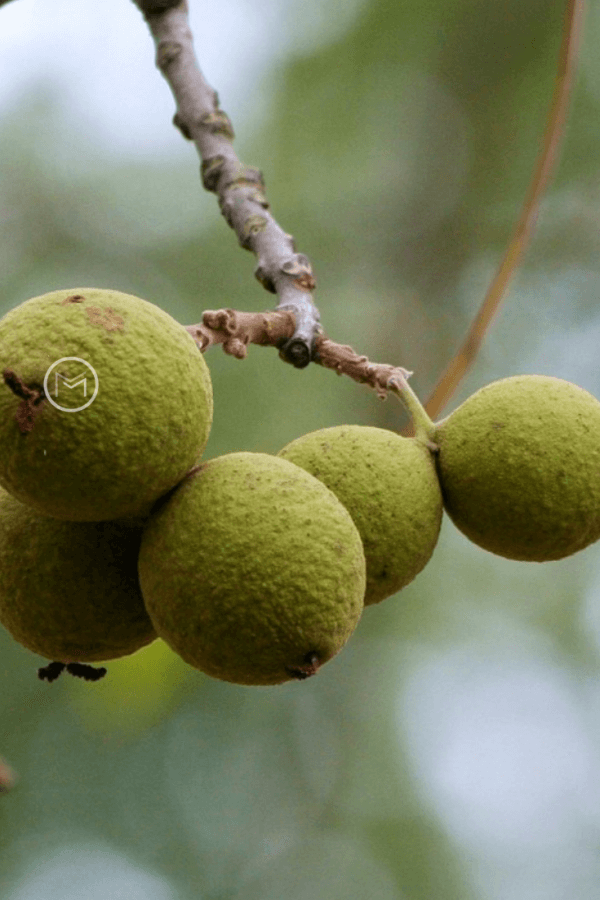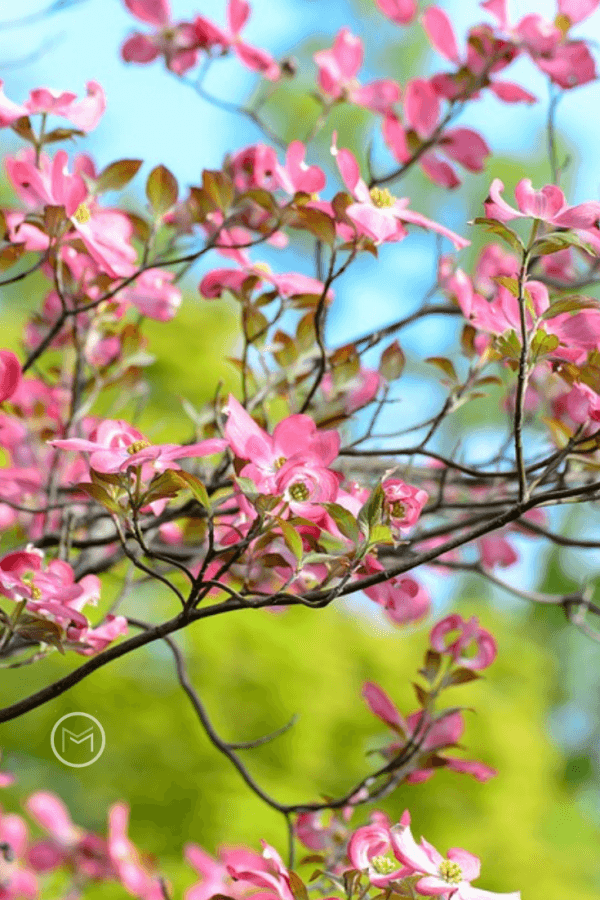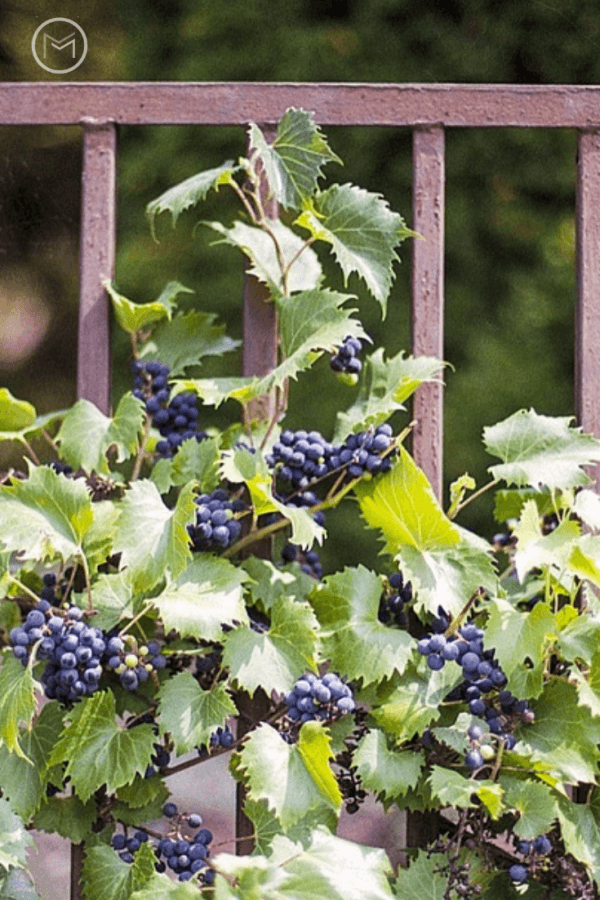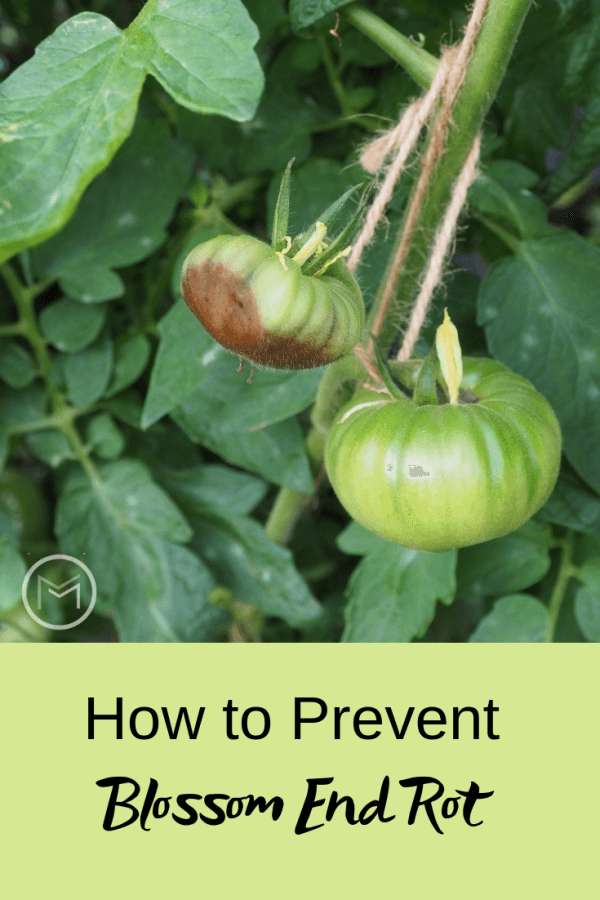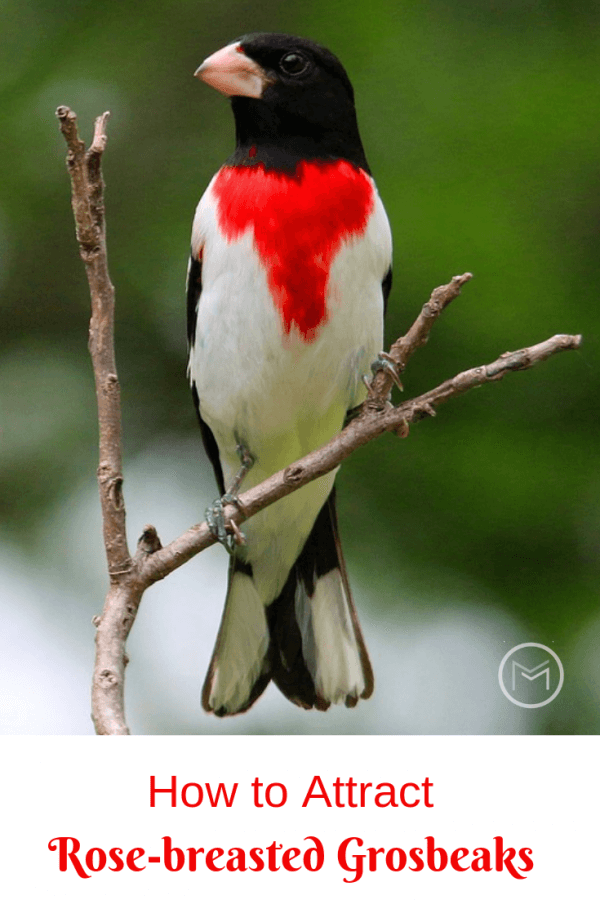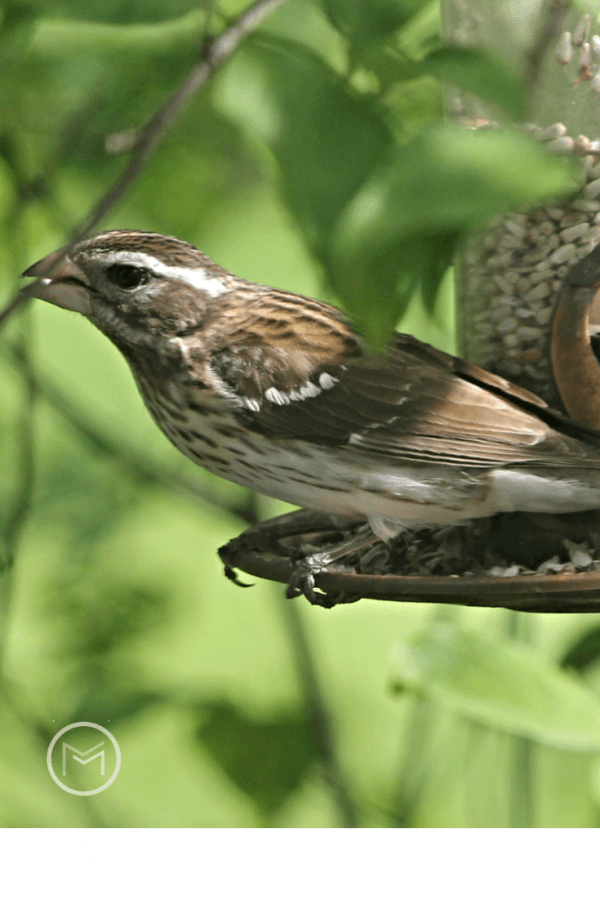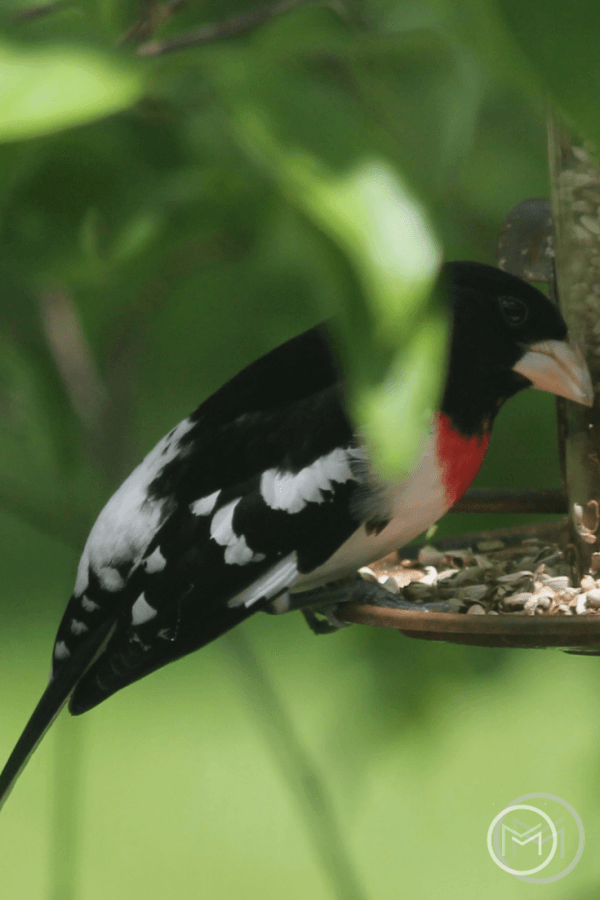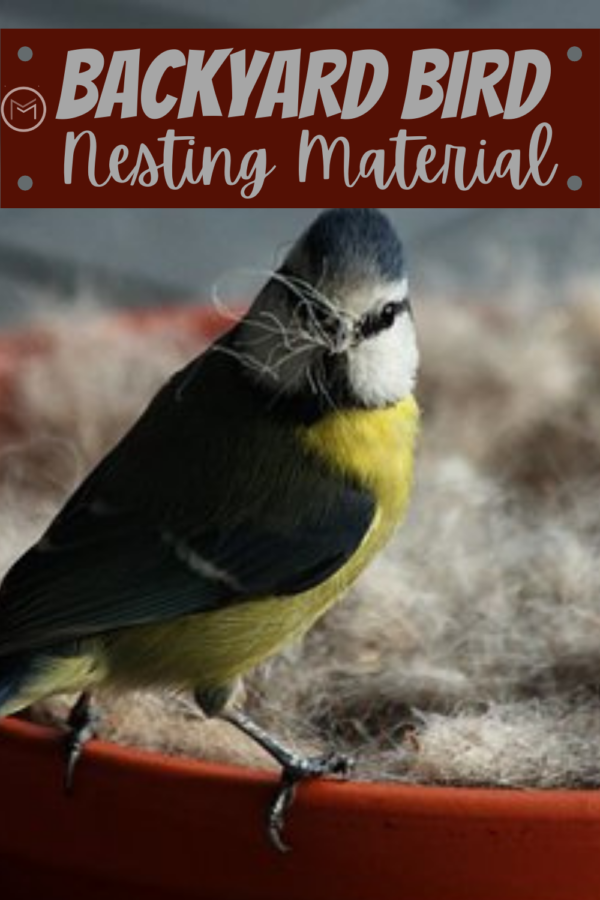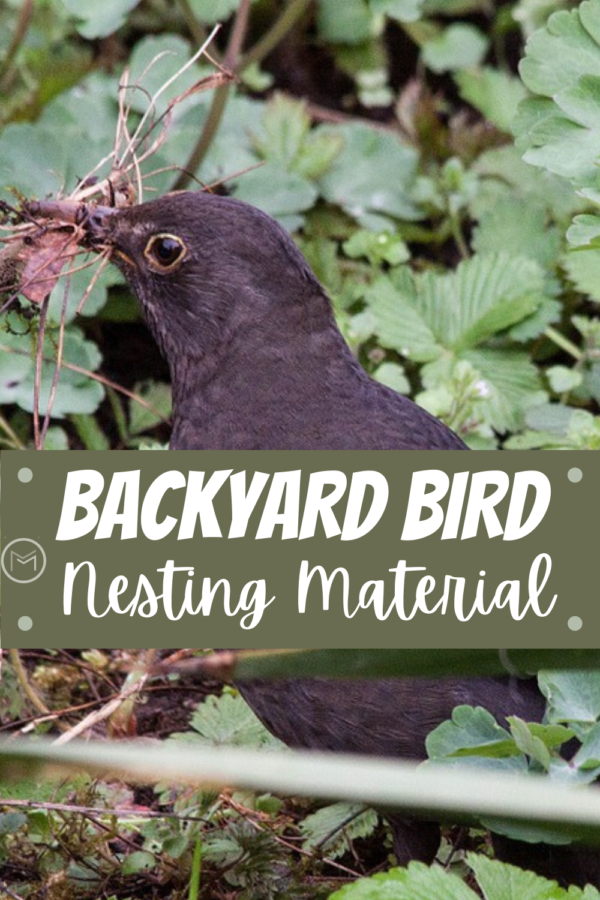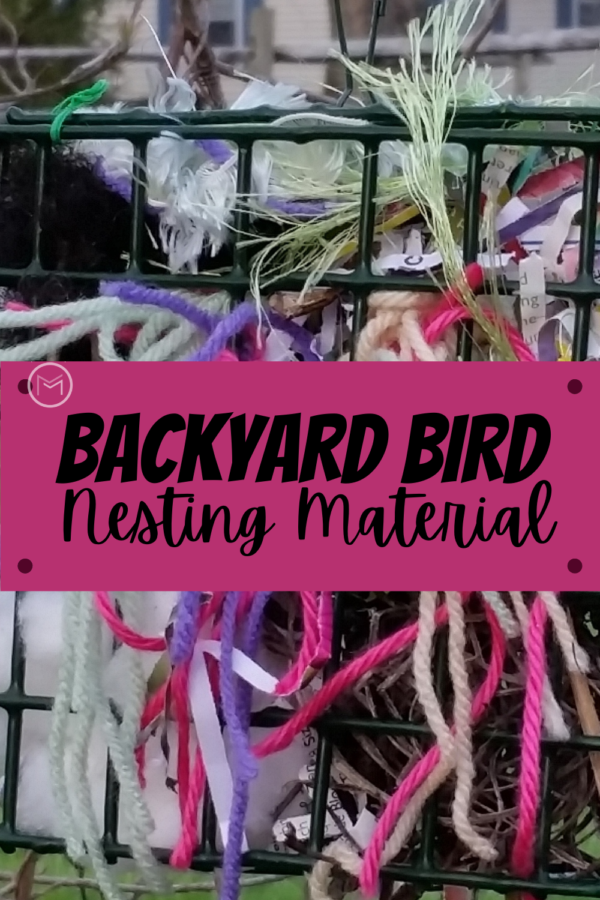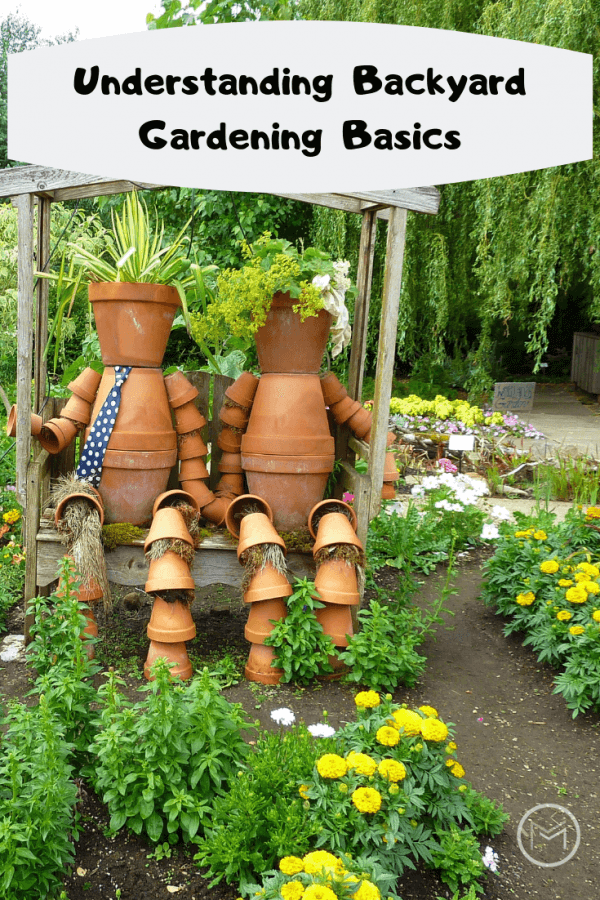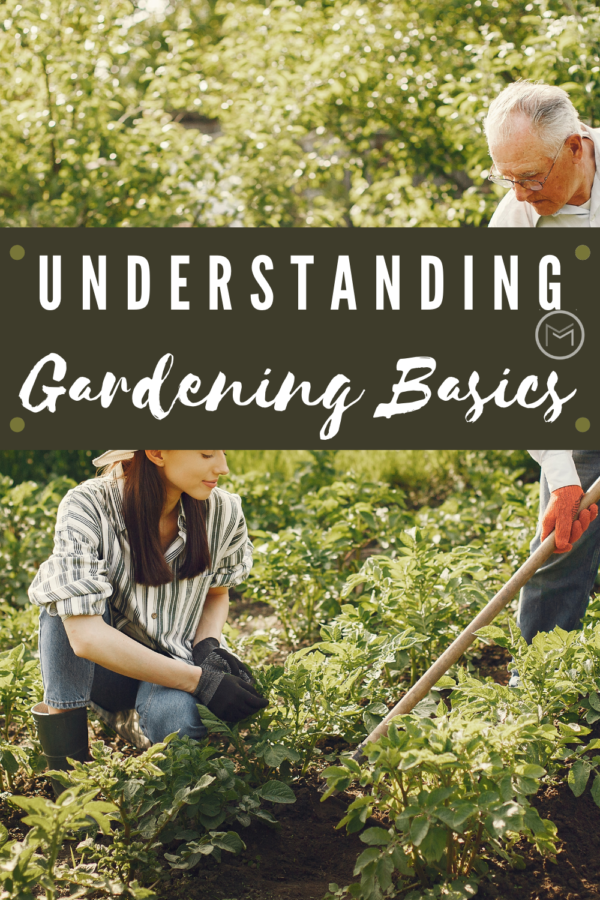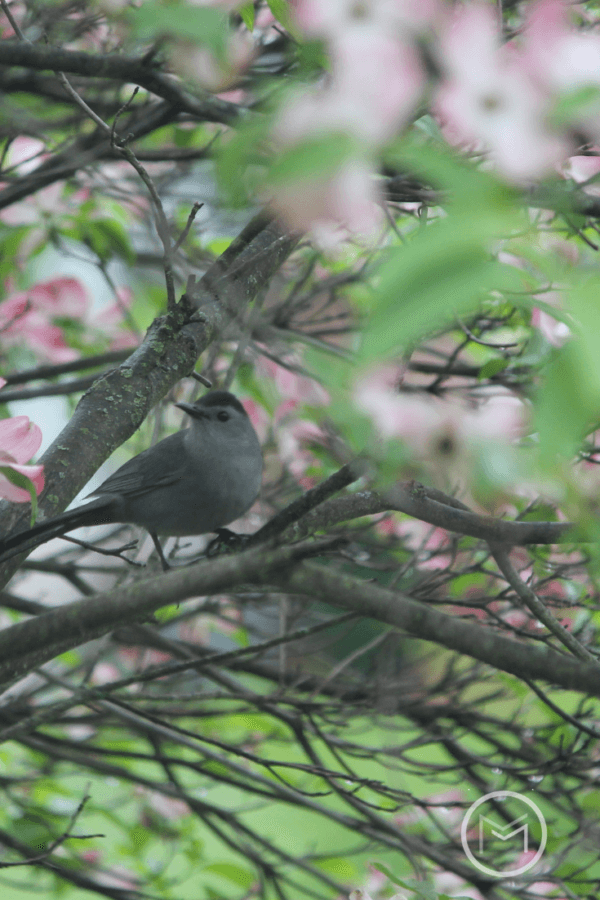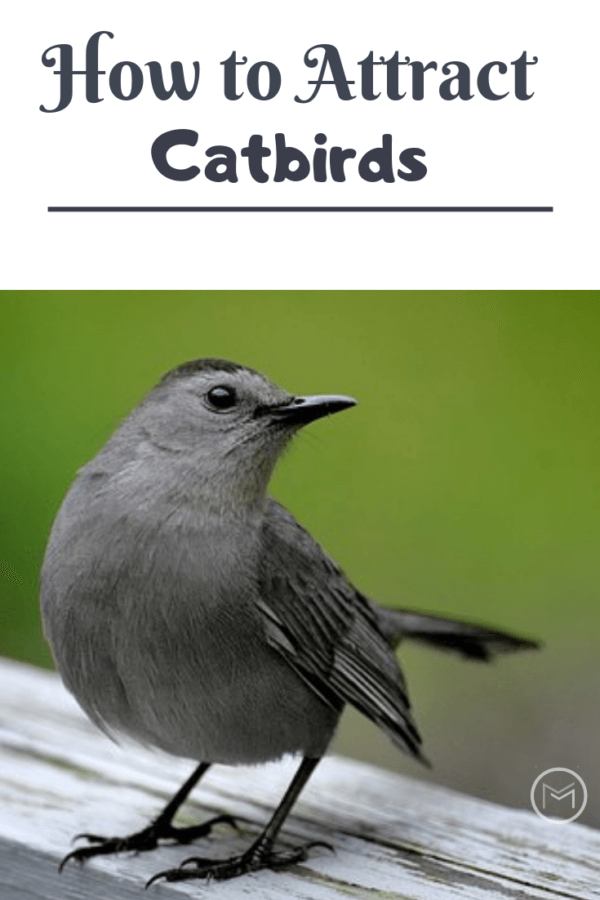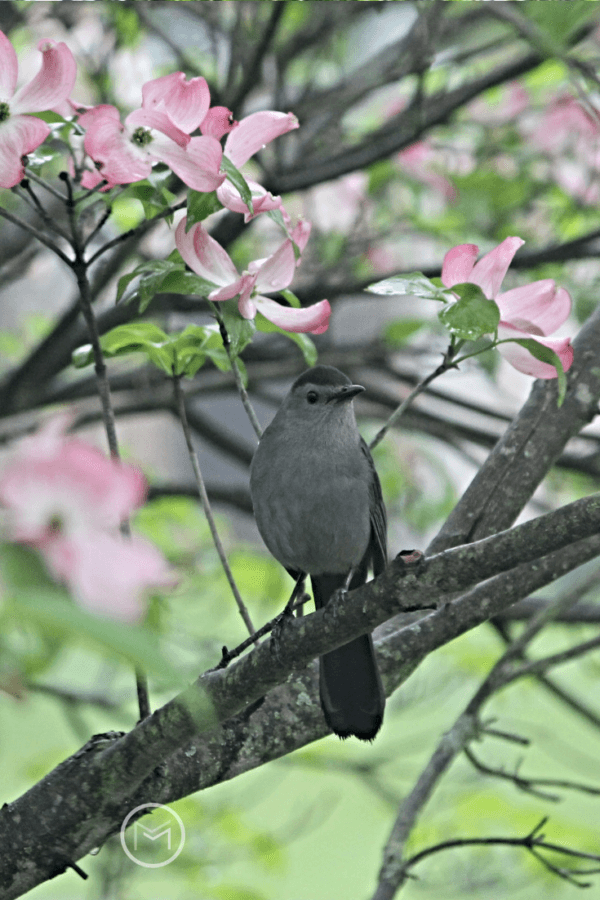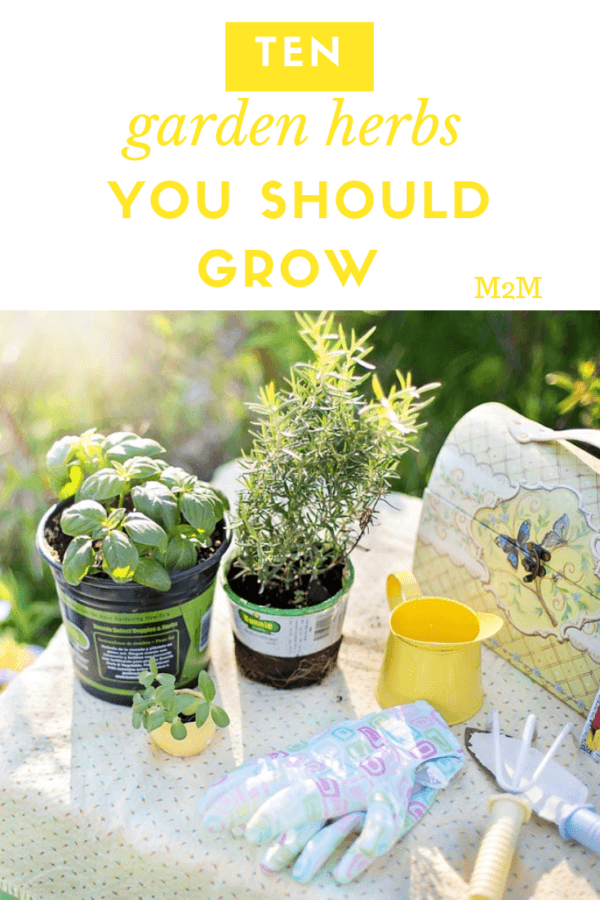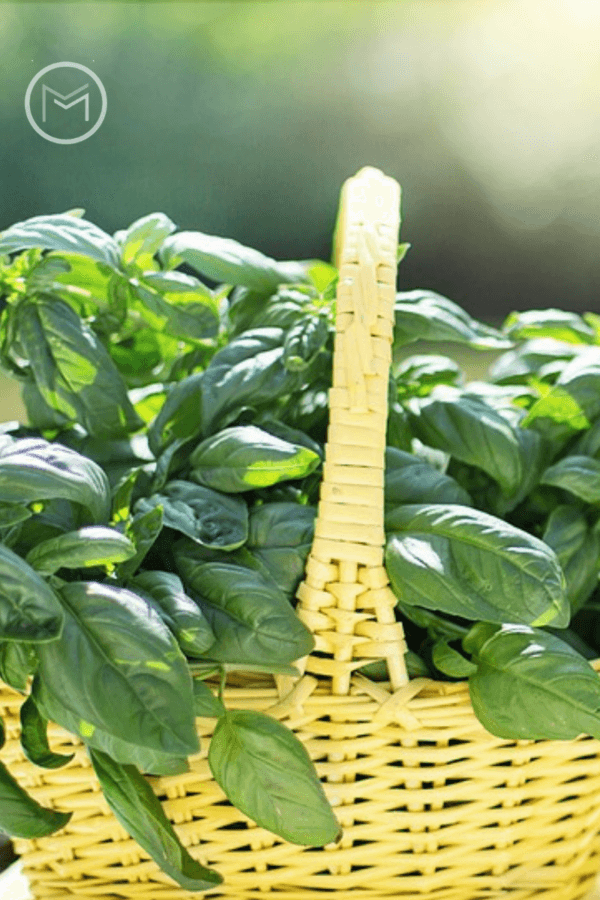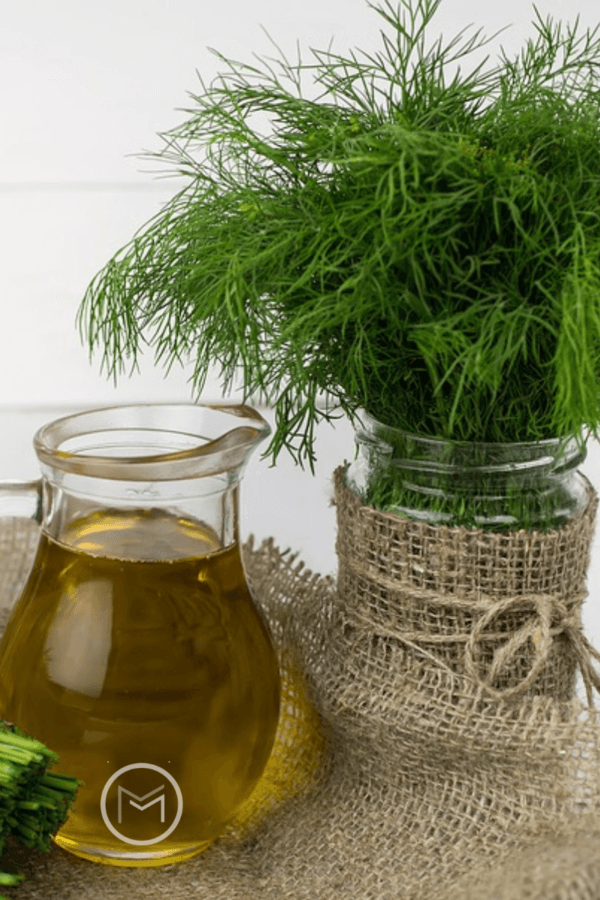Today, I’m sharing tips on growing backyard garden perennials. If you are wishing for a beautiful garden, but think you don’t have the time to maintain it, I have a solution! The solution is growing low maintenance perennials. I love flowers that you can plant and forget. Fortunately, perennials return year after year. So, they are not only beautiful but cost effective as well.
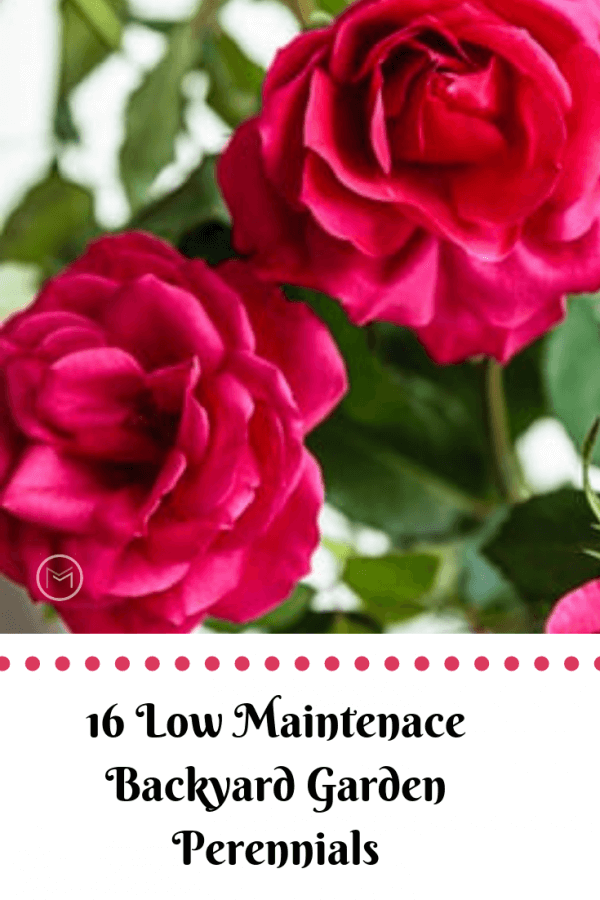
Here’s a list of low maintenance perennials that I plant:
Stella O’Dora Day Lily – I love these lilies in yellow. I have them planted in the front of my house and on one side. I love them. They return more robust year after year. They make a nice border in front of taller plants. If I had room, I would plant more.
Lilies – My father gave me lilies bulbs when I first moved into my house. I have the Asiatic Lily Mont Blanc and Stargazer Oriental Lilies planted. They smell heavenly.
Iris – Iris’ come in a variety of colors and multiply. They are excellent planted in the background with a shorter variety planted in the front. You can cut them down and allow the shorter variety to be the show stopper.
Star Flowers – Star Flowers announce spring has arrived. They are lovely planted under trees that loose their leaves in the fall.
Black Eyed Susan – Black Eyed Susan are in the sunflower family. They grow to about 2 – 3 feet. If they’re deadheaded, they will continue to produce flowers.
Yarrow – Yarrow comes in a variety of colors. The flowers can be yellow, red, or pink. They make excellent cut flowers. Additionally, they attract butterflies and they are drought resistant. You may see Yarrow growing wild along highways too.
Clematis – Know as the queen of climbers. Pick out a trellis and get to planting. You won’t be disappointed.
Coneflowers – Coneflowers make great cut flowers. They attract birds and pollinators. Furthermore, they come in shades of pink, orange, yellow, red and chartreuse. Actually, mine are a vanilla color. I just added them to the garden this year.
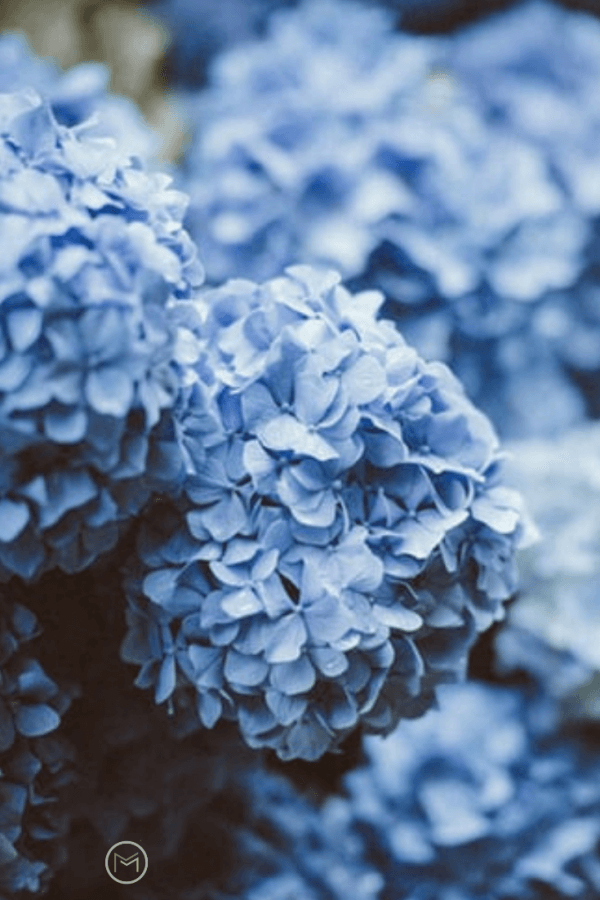
Hydrangeas – One of my favorite flowers in the garden. The blooms are large and look beautiful in vases. They come in a variety of colors. They can strive in sun to partial sun. Be sure to read the label for planting instructions.
Peonies – Additionally, another favorite of my backyard garden perennials. I have Sarah Bernhardt Peonies. They’re a beautiful light pink shade, and make beautiful bouquets.
Sedum – Sedums produce amazing red/pink blooms in the fall. They are easy to divide, so you can have plants in other areas.
Shasta Daisy – Shasta Daisies make great cut flowers. If you deadhead them regularly, they will continue to bloom.
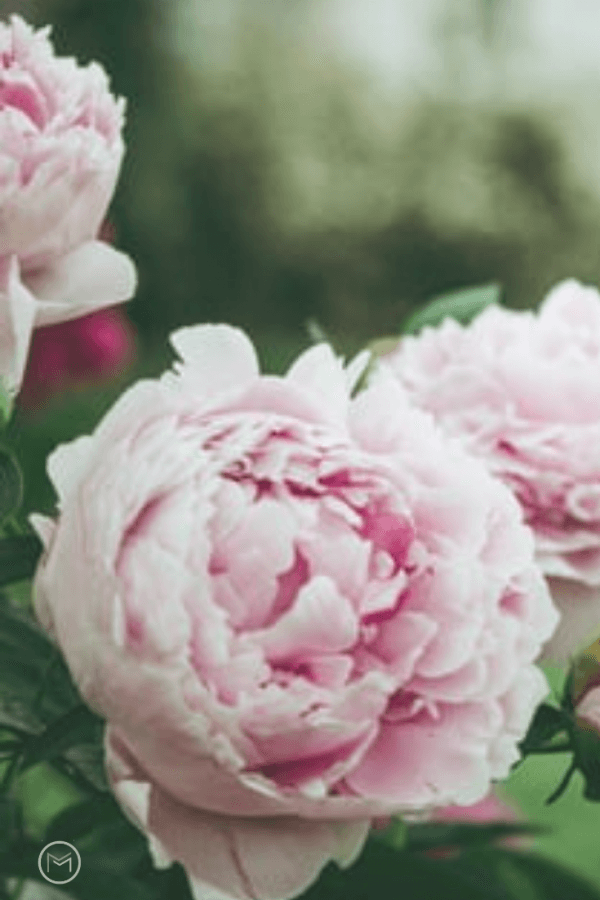
Ferns – Furthermore, ferns are perfect in a shade garden. There are plenty of varieties to choose from. I have the Japanese Painted Fern, Cinnamon Fern, Ostrich fern, and the Autumn Fern. I also have the Boston Fern, which I bring inside at the end of summer.
Lily of the Valley – The Lily of the Valley is perfect in a shade garden. They spread too.
Bee Balm – Last, Bee Balm is perfect if you want to attract butterflies. They come a varieity of colors and humming birds love them. They’re also great for attracting butterflies and bees. Dried leaves and flowers can also be used in sachets and potpourri.
Knock Out Roses – I have burgundy and light pink planted together. The produce amazing blooms into fall. They make nice cute flowers too.
Most importantly, choose a few flowers from our list of backyard garden perennials and head to your nearest nursery or garden center. These perennials will have your garden looking beauty in no time. Finally, you may also like: 20 Flowers to Use in a Wildflower Gardens.
